Ticking Through Time: Test Your Knowledge of Watches and Their Intricacies
Time is a relentless companion, ever ticking forward, shaping our lives with each passing second. Within this continuum, watches have emerged not just as tools for measurement, but as intricate manifestations of human craftsmanship, engineering prowess, and artistic expression. From the first sun-dials etched into ancient stone to the sophisticated smartwatches of today, the evolution of horology tells a rich story that intertwines culture, technology, and personal identity. In this article, we invite you to embark on a journey through the fascinating world of watches. Along the way, you’ll encounter challenges that will test your knowledge of their intricate mechanisms, the history that surrounds them, and the remarkable innovations that continue to define this timeless craft. So, prepare to wind up your curiosity and discover just how well you understand the art of telling time!
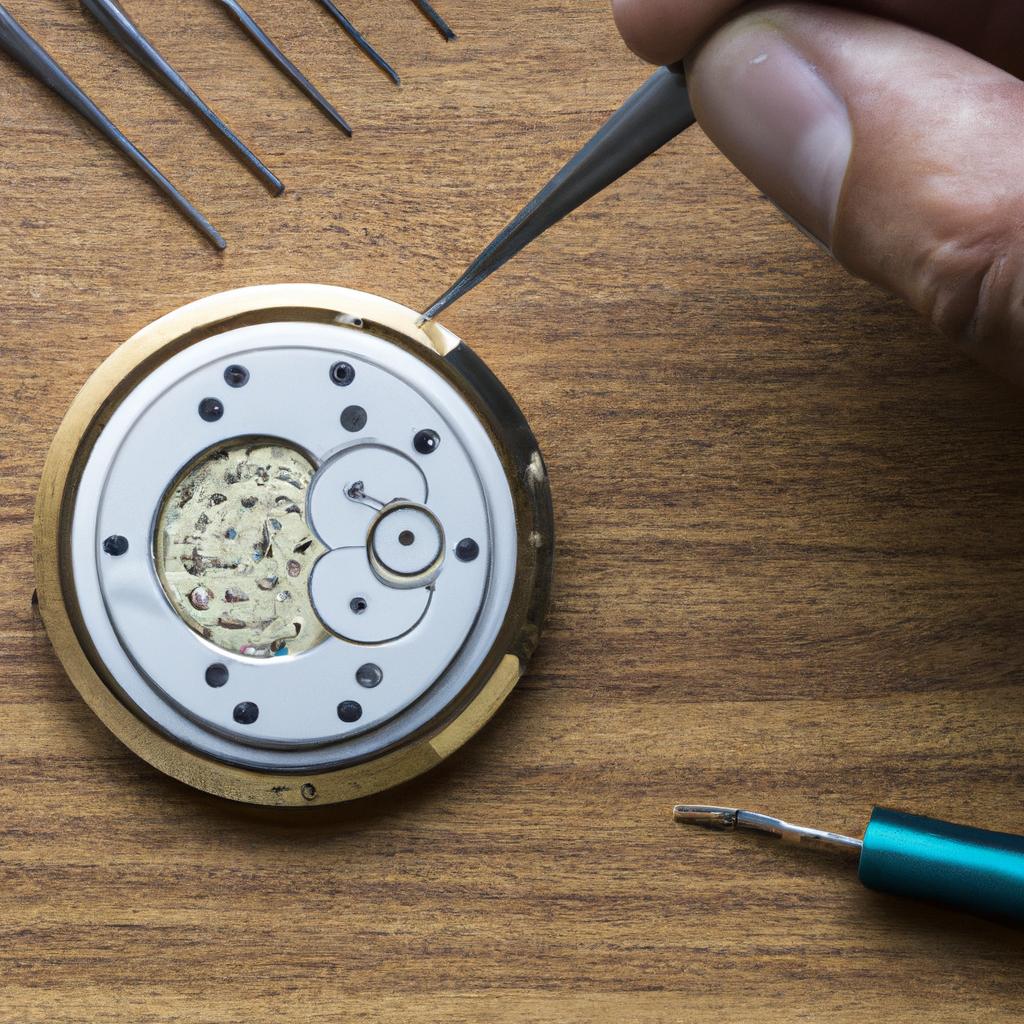
The Art of Watchmaking: Craftsmanship Meets Precision
At the heart of each timepiece lies a story woven with ingenuity and artistry. Watchmaking is not merely mechanical—it is a delicate symphony of **craftsmanship** and **precision**. Each component, from the **gears** to the **crystals**, is meticulously engineered, showcasing an elegance that transcends time itself. The dial, while essentially a canvas, serves as a stage for the artistry of skilled artisans who capture light, textures, and colors to evoke emotions and tell stories. The interaction of countless parts moving in harmonious synchrony is a testament to the labor and love poured into such creations, revealing a world where functionality meets aesthetic brilliance.
Central to the allure of watchmaking is an impressive array of techniques that distinguish fine watches from their mass-produced counterparts. Understanding the intricacies involves recognizing key elements that define a masterpiece, such as:
- Movement Types: Mechanical, Automatic, Quartz
- Complications: Chronographs, Calendars, Tourbillon
- Materials: Stainless Steel, Gold, Ceramic
- Finishing Techniques: Polishing, Engraving, Blued Steel
To further deepen the appreciation for this art form, consider the characteristics of renowned watch brands that have become icons in the industry:
| Brand | Established | Notable Feature |
|---|---|---|
| Rolex | 1905 | Water resistance |
| Patek Philippe | 1839 | Highly complex movements |
| Omega | 1848 | Co-Axial escapement |
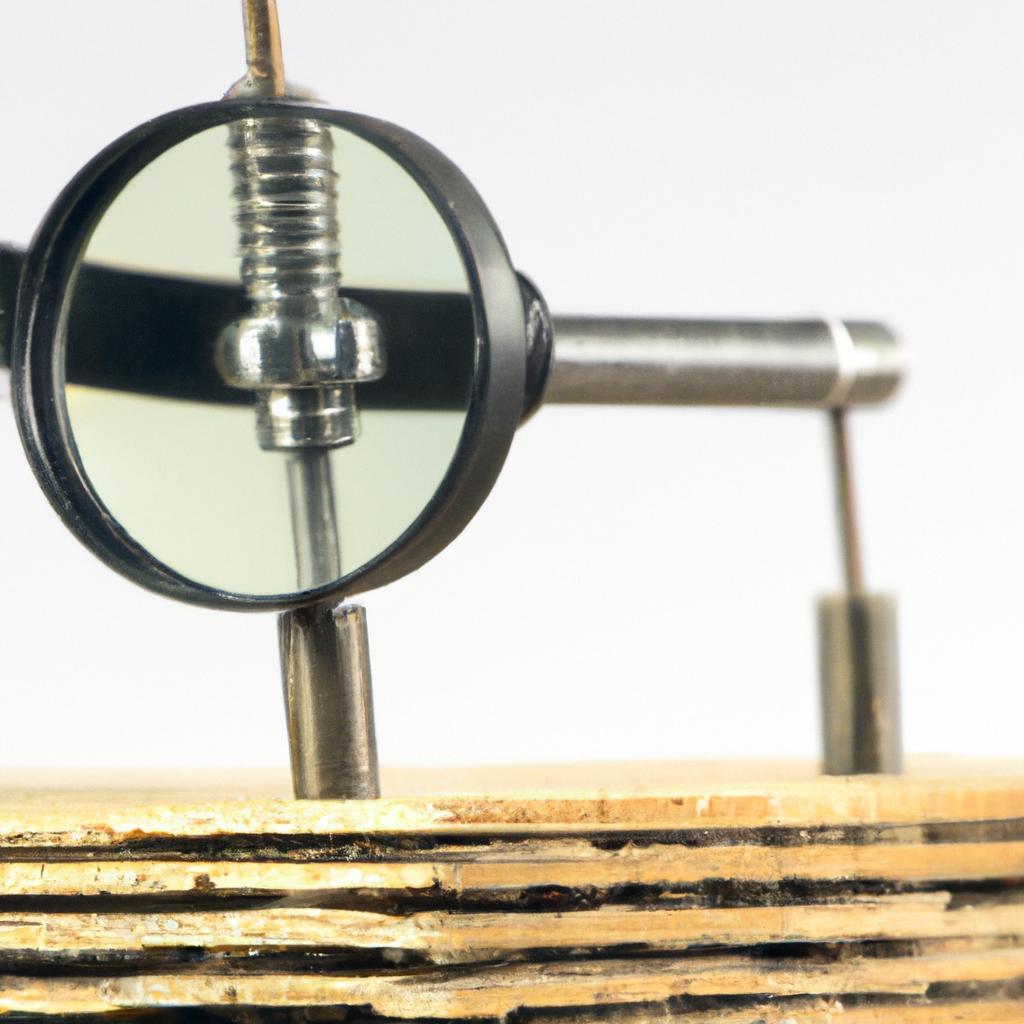
Unraveling the Mechanics: Understanding Movements and Complications
The heart of a watch lies in its movement, a marvel of engineering that translates seconds into hours, and hours into memories. Traditional mechanical movements, often revered for their artistry, come in two main types: **manual** and **automatic**. In a manual watch, the wearer must wind the crown to store energy in the mainspring, allowing the intricate gears and escapement to regulate time. On the other hand, an automatic movement harnesses the natural motion of the wearer’s wrist, converting kinetic energy into mechanical power. This ingenuity not only showcases the craftsmanship involved but also facilitates an enduring connection to time itself.
Yet, movements are just the beginning of a watch’s story. Complications—additional features that enhance functionality—transform a simple timepiece into a sophisticated marvel. Common complications include **chronographs**, which measure elapsed time, and **calendar features**, that keep track of days, months, and even leap years. More advanced watches may boast **moon phases** or **tourbillons**, highlighting their exquisite craftsmanship and technical prowess. Below is a quick reference table to showcase some popular complications and their primary functions:
| Complication | Description |
|---|---|
| Chronograph | Measures time intervals with stopwatch functionality. |
| Perpetual Calendar | Automatically adjusts for months with less than 31 days. |
| Moon Phase | Displays the current phase of the moon. |
| Tourbillon | Counteracts the effects of gravity on timekeeping accuracy. |
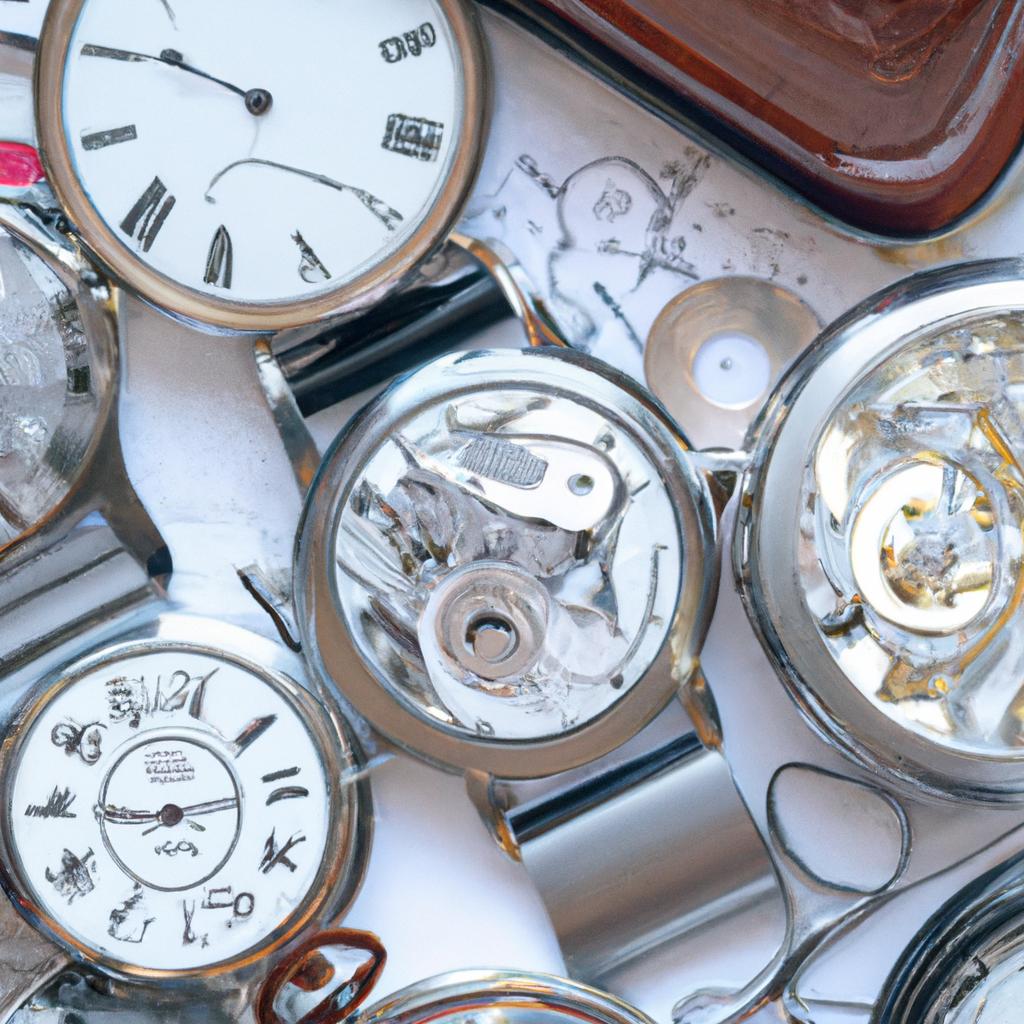
Curating Your Collection: Tips for Choosing and Maintaining Timepieces
When it comes to assembling a collection of timepieces, it’s essential to embrace a thoughtful approach that goes beyond mere aesthetics. Start by identifying the purpose of your collection—are you drawn to historical significance, innovative technology, or perhaps timeless elegance? Here are a few tips to guide your selection process:
- Diversify Your Selections: Aim for a mix of styles—dress watches, sports models, and vintage pieces can all add value.
- Research Reputable Brands: Familiarize yourself with brands known for their craftsmanship and heritage, as these often retain their value better.
- Set a Budget: Establish clear financial parameters to prevent impulse purchases that could lead to buyer’s remorse.
Once you’ve curated your collection, maintaining it becomes paramount to preserving its beauty and mechanical integrity. Careful upkeep not only enhances the lifespan of your watches but also keeps them functioning accurately. Here’s how to keep your timepieces in top condition:
- Regular Servicing: Schedule professional servicing every 3 to 5 years, depending on the watch type and usage.
- Store Properly: Use a watch box or winder to shield your pieces from dust and physical damage.
- Keep Away from Moisture: Most watches have some level of water resistance, but it’s wise to keep them dry to avoid corrosion.
| Watch Type | Maintenance Tip |
|---|---|
| Mechanical | Wind regularly and service every few years. |
| Quartz | Replace batteries as needed, clean often. |
| Dive | Check seals after trips to water, clean after exposure to salt. |
Insights and Conclusions
As we draw the curtain on our exploration of the intricate world of watches, we hope you’ve discovered the beauty that lies behind each tick and tock. This journey through timepieces invites you to appreciate not just the craftsmanship but also the history and innovation that make these small machines so remarkable. Whether you’re a seasoned collector or a curious novice, each watch tells a story—a blend of artistry, engineering, and cultural significance that transcends mere functionality.
We encourage you to carry forward your newfound knowledge and continue to celebrate the marvels of horology. After all, time is not just something we measure; it’s an experience to embrace. As you glance at your own wrist, may you reflect on the intricate dance of cogs and springs that silently shape the moments of our lives. Thank you for joining us on this enlightening quest through the world of watches—where every second counts and every tick is a testament to human ingenuity.

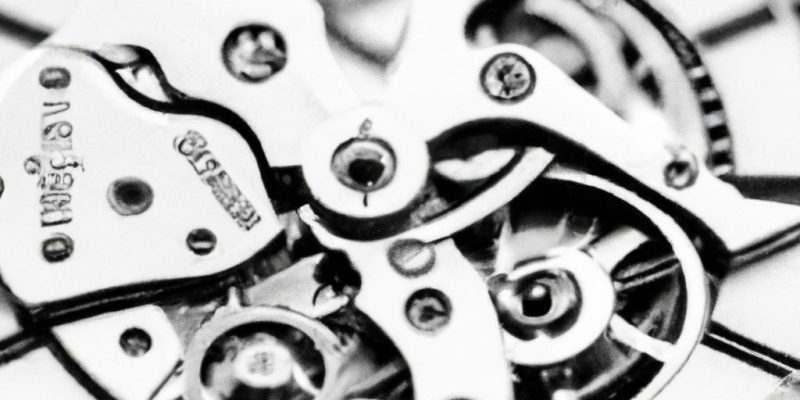














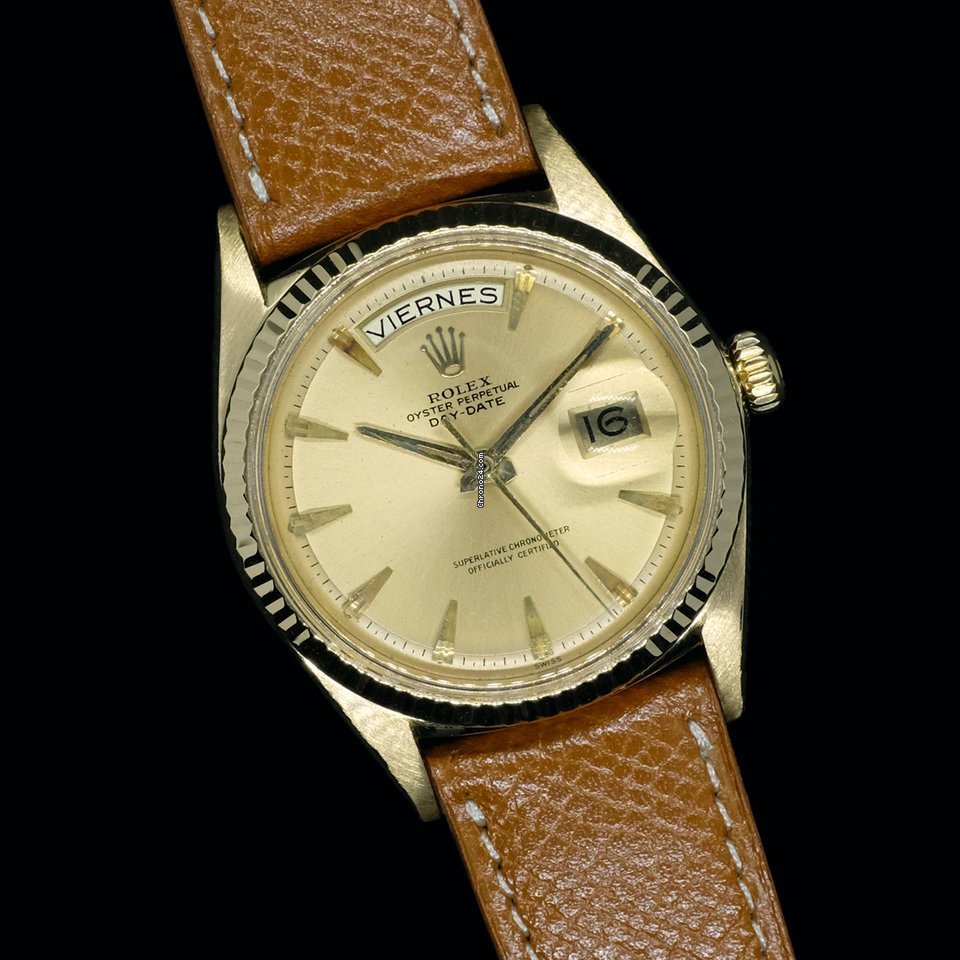

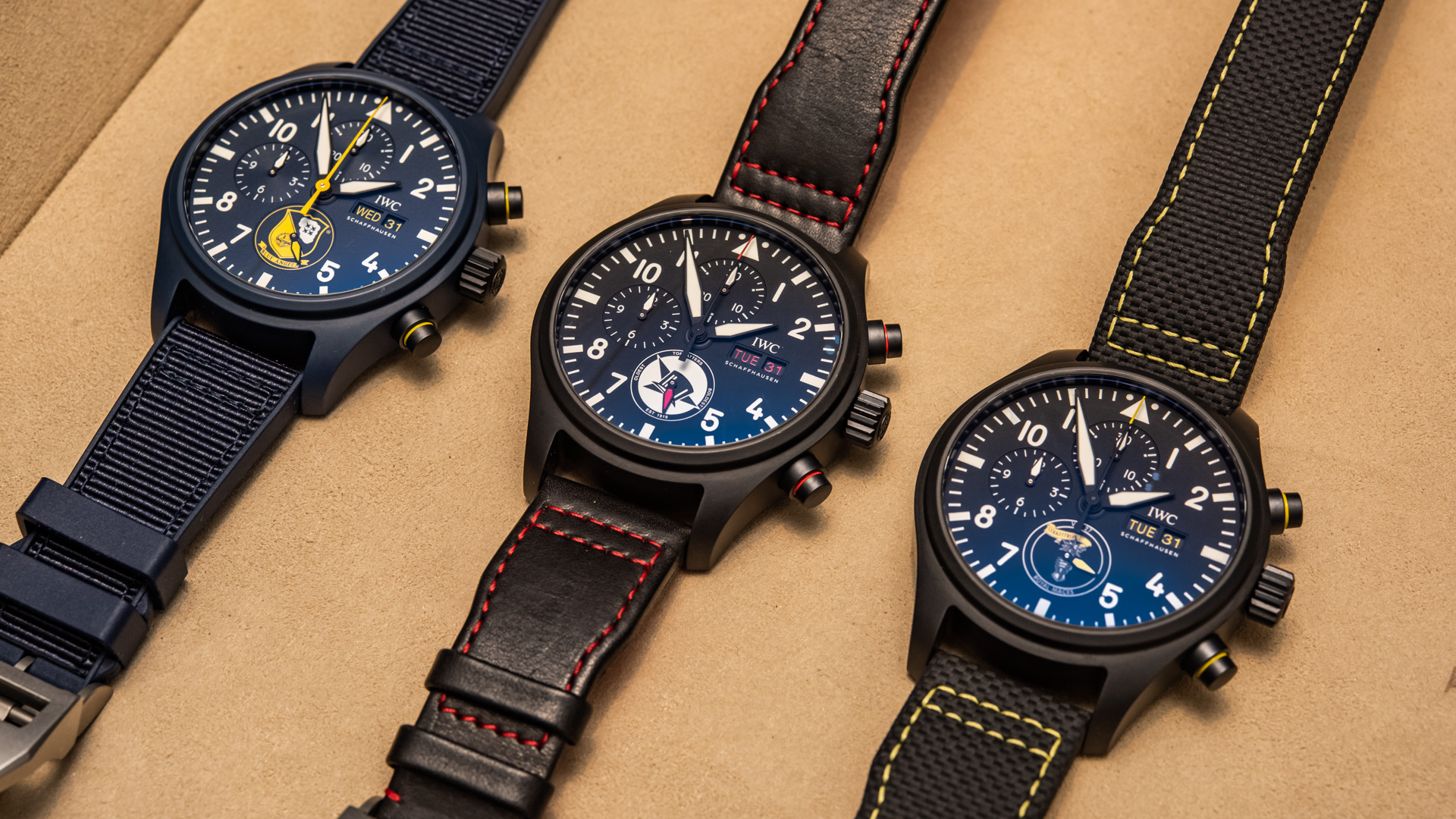
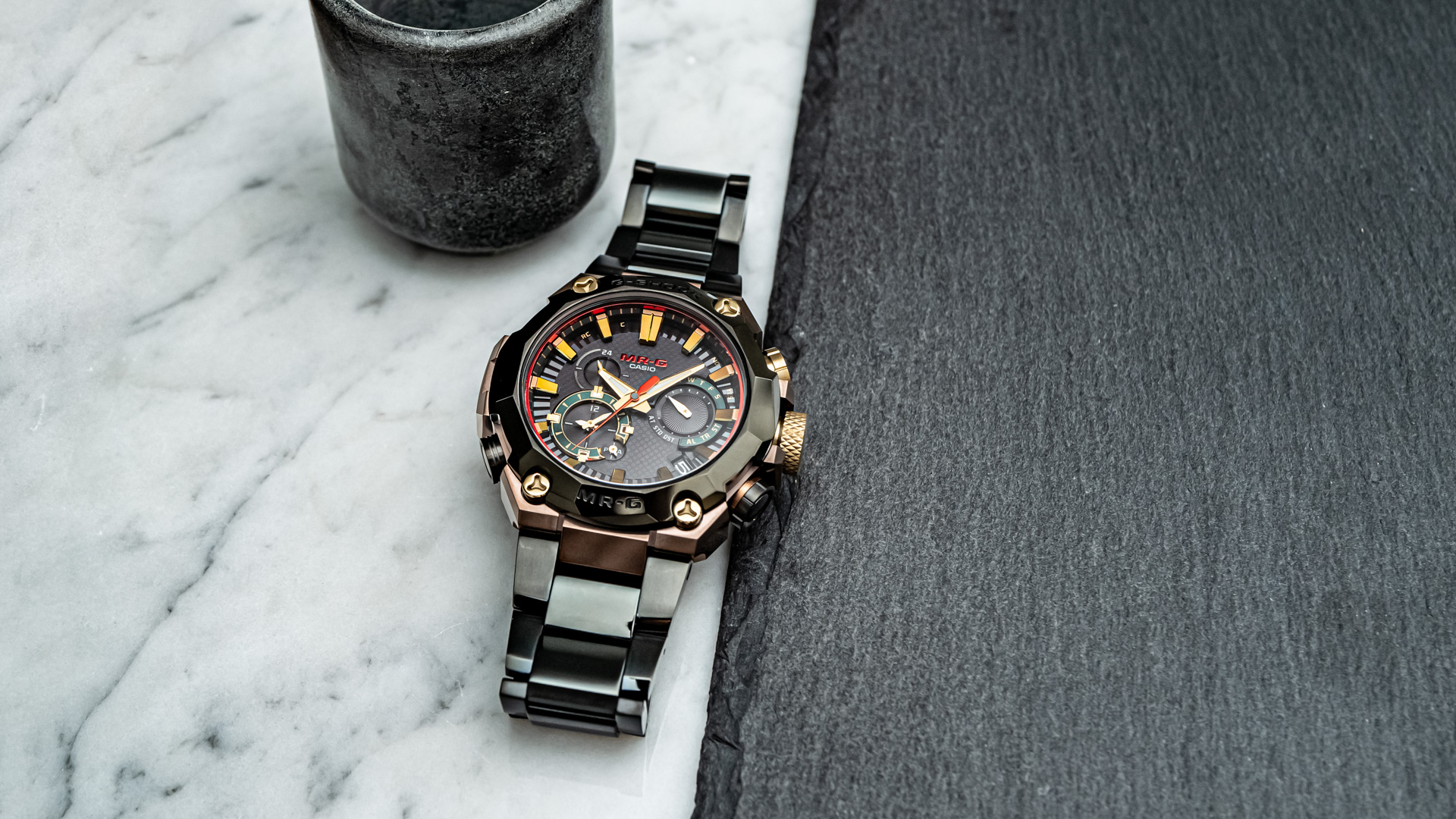


Comments